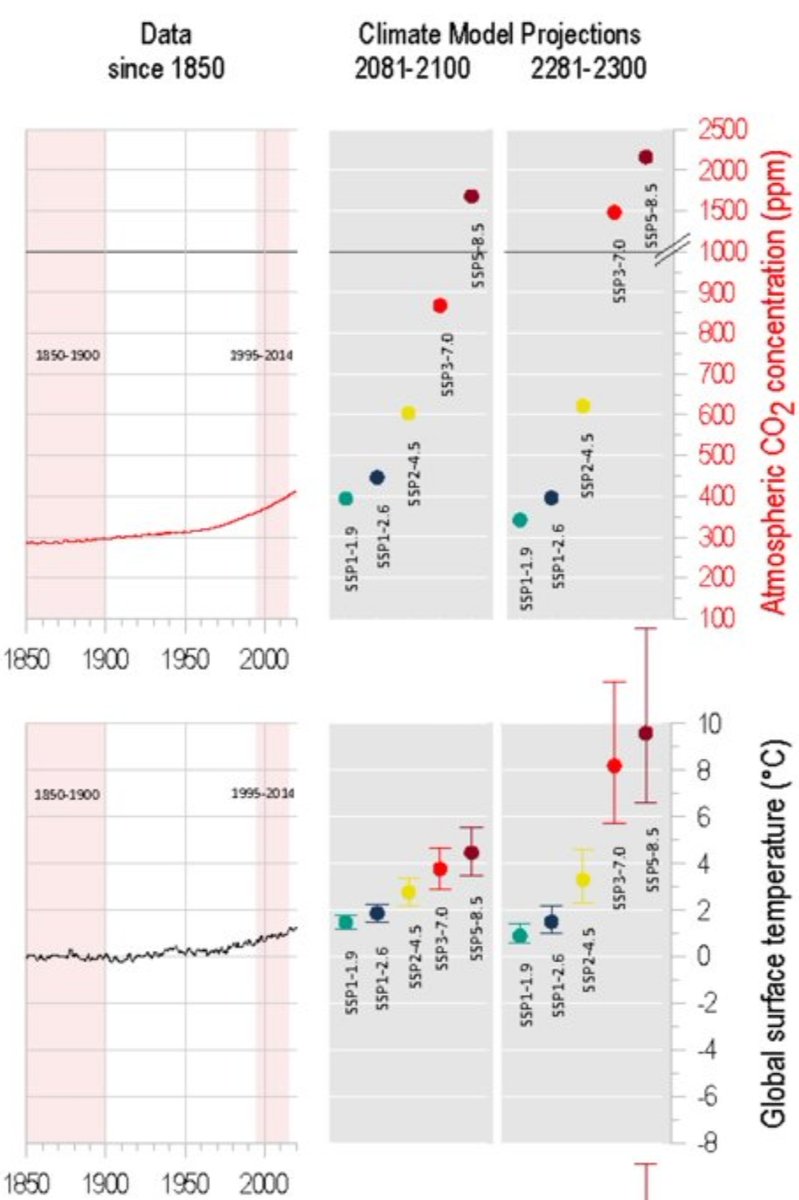
BREAKING: scientists confirm rapidly vanishing sea ice due to abrupt climate change means catastrophic impacts beyond the Arctic itself
1/
carbonbrief.org/melting-arctic…
1/
carbonbrief.org/melting-arctic…
Arctic teleconnection: “Diminishing sea ice favours hotter, drier conditions in western states that set the stage for fierce wildfires.."
🔥 the impact of melting sea ice on US wildfires is comparable to that of other, better known drivers
2/
carbonbrief.org/melting-arctic…
🔥 the impact of melting sea ice on US wildfires is comparable to that of other, better known drivers
2/
carbonbrief.org/melting-arctic…
Previously unconvinced scientists acknowledge the new research
"the actual scientific evidence..until fairly recently, has been pretty weak. This new study does add an important empirical data point into the ‘a relationship probably does exist’ column"
3/carbonbrief.org/melting-arctic…
"the actual scientific evidence..until fairly recently, has been pretty weak. This new study does add an important empirical data point into the ‘a relationship probably does exist’ column"
3/carbonbrief.org/melting-arctic…
Prof James Screen, associate professor in climate science, University of Exeter: study “goes an important extra step further” in “drawing a link to fire-favourable weather”
4/
carbonbrief.org/melting-arctic…
4/
carbonbrief.org/melting-arctic…
• • •
Missing some Tweet in this thread? You can try to
force a refresh






